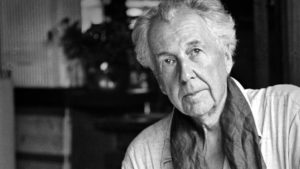150 years of Frank Lloyd Wright
“What is architecture anyway?”
Coined for developing the philosophy, ‘Organic Architecture’, innovative designer Frank Lloyd Wright was a man of many talents and far-reaching aspirations. As a pioneering American architect, he created over 1,000 revolutionary structures influenced by nature yet designed to embrace new technology with painstaking craftsmanship.
Wright knew his destiny in life was to re-design the world. Although most well known as an architect, he was also an interior designer, writer, and educator. Born 150 years ago this year, Wright’s designs continue to have a strong impact on creatives young and old today.
Some of his most well-known structures include Solomon R. Guggenheim Museum, Johnson Wax Building, Fallingwater, Unity Temple, and Taliesin.
Solomon R. Guggenheim Museum (1939) in Manhattan, New York took decades to build. Even before it opened, the design polarized architecture critics. Some believed that the building would overshadow the museum’s artworks. “On the contrary”, wrote the architect, the design makes “the building and the painting an uninterrupted, beautiful symphony such as never existed in the World of Art before.
Fallingwater (1935) Mill Run, Pennsylvania has been herald “the best all-time work of American architecture”.
Johnson Wax Building (1936), Racine, Wisconsin. Wright designed all the original furniture for the building, including the three-legged secretary chairs, which tip over if one does not sit with correct posture.
Unity Temple (1908) Oak Park, Illinois. In April 2009, Unity Temple was added to the National Trust for Historic Preservation’s 11 most endangered historic places.
Taliesin (1911) Spring Green, Wisconsin. Frank Lloyd Wright’s private estate. Wright rebuilt the Taliesin residential wing in 1914 after a disgruntled employee set fire to the living quarters and murdered Wright’s mistress and six others.
Some refer to Wright as an architectural genius or visionary. His forward-thinking ideas and revolutionary, yet practical structures have influenced the world as we know it. The incredible work and long history of Frank Lloyd Wright holds a special place in the heart of M-Rad as we strive to embody a similar culture of progressive thinking…



